Welcome back to the popular series that helps you get to know the vegetable families! We will review what plants belong in each family, particular growing conditions and quirks that will enhance your veggie-growing experiences.
In the first post we learnt about the Cruciferae (cabbage/broccoli) family, Solanaceae (tomato or nightshade) family, and the Lamiaceae (mint) family.
In the second post of the series we got to know about the Cucurbitaceae (cucumber/melon/squash) family, the Leguminosae (legumes) family and the Chenopodiaceae/Amaranthaceae (beetroot) family.
If you need to review, check those links out. It is always easier to learn it the second time!
Today we will be learning about the onion family, the carrot family and the daisy family! This should complete our lessons about just vegetables in particular, but there are still a couple important families that we will learn about in the future, such as the rose and the grass families.
Now, lets get into it!

Daisy or Sunflower Family - Compositae/Asteraceae
We will start with a family that seems like it might not belong in a post about vegetables, but it does! At least lettuce belongs in this family, and in this post. There are some other obscure vegetables from this family as well, but out of around 23 600 species the majority of them are beautiful flowers, many of which you probably enjoy in gardens and in wild-flower fields! A good many of them you may also identify as pesky weeds, but a weed is only a plant you have not found a use for yet, and these weeds are useful!
The flowers of this family are what set them apart from others, because they are not true and whole flowers, but tiny bunches of flowers, hence the name compositae. The flowers are actually composites of small round disk flowers with elongated ray flowers surrounding them. If you look closely at a sunflower, you may have noticed that the middle part is actually made up of lots and lots of tiny flowers! The beautiful petals that surround the middle like a sun disk are their own flowers, distinct from the tiny ones.
According to Britannica.com, this family may have evolved from its ancestors in Argentina about 50 million years ago! This is based on fossil evidence, isn't that pretty incredible? Our friend the dandelion has ancestors that are nearly as old as the dinosaurs!
So, what plants are in this huge family that might be of importance to us? Probably too many to name! Veggies such as artichokes, lettuce and salsify, the important plant wormwood that is both medicinal and used in absinthe. Herbs and weeds that are medicinal such as burdock, calendula, dandelion, thistle, chamomile, black eyed susan (native to my home the Okanagan), yarrow, sagebrush and more! Let us not forget the all important sunflower either, whose seeds we eat and make into oils, or the flowers that we love such as chicory, cosmos, chrysanthemums and marigolds (and more).
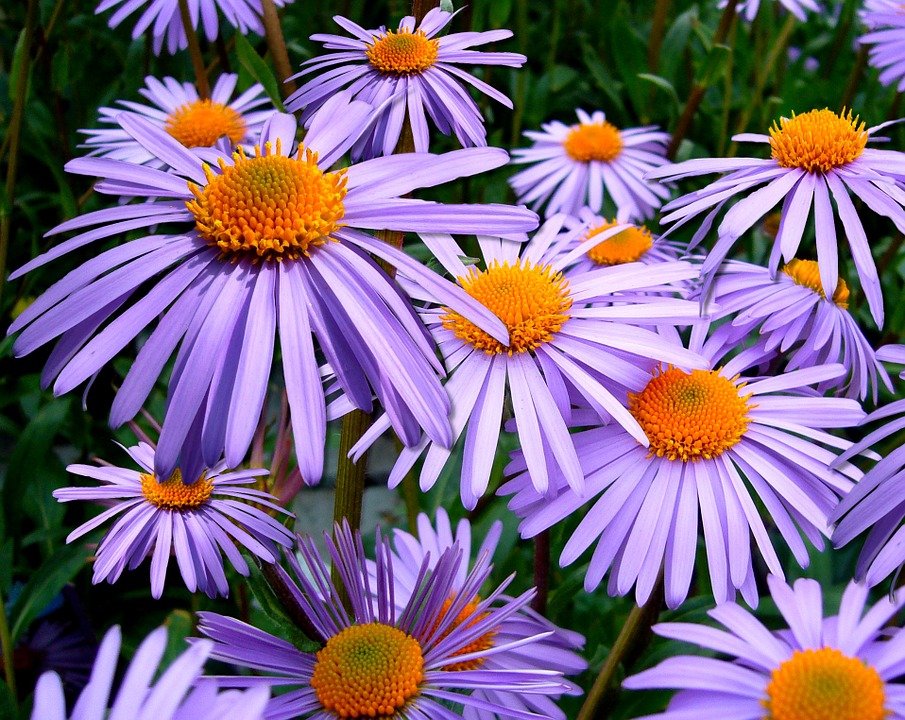
These plants are so diverse it may be hard to figure out what planting conditions they need. Some need more water then others, well those such as yarrow or sagebrush have adapted to live in more arid and dry conditions. All of them need a good amount of sun and often enjoy open fields. They enjoy healthy and nutrient rich soil of course, but many can also thrive in harsh or poor growing conditions. Many of them are weeds after-all, and we know from our persistent friend the dandelion that they can even grow out of cracks in the sidewalk! They also may be susceptible to root disturbance, so take care of their roots!
These plants are good allys, and may help re-diversify ecosystems. They have many seeds and are quite prolific, and they also have many many benefits to humans and animals. They have been evolving beside us from the very beginning! What a lovely plant family Compositae is.
Onion or Lily Family - Liliaceae/Alliaceae
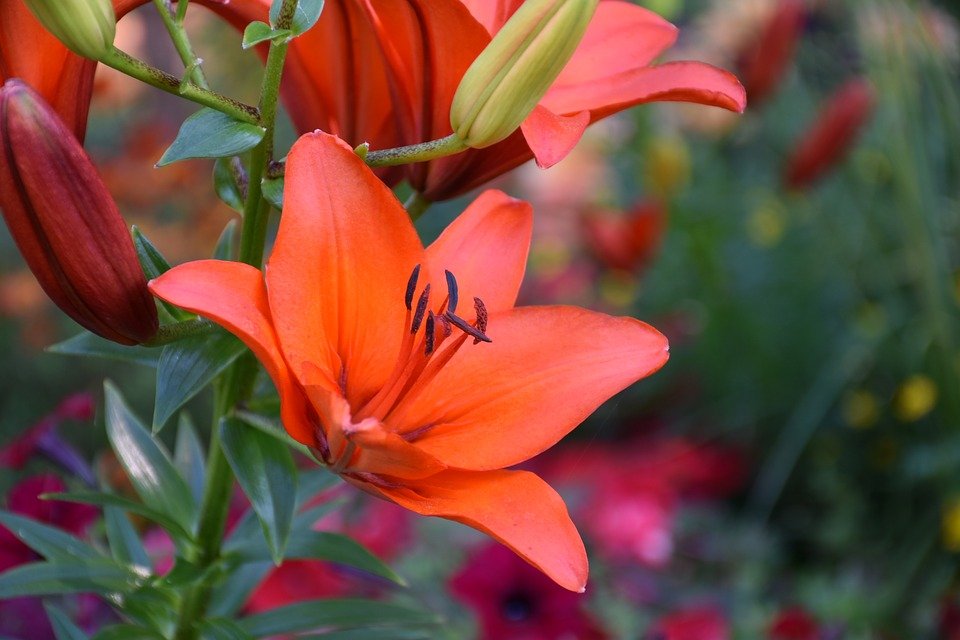
The onion bulb and the lily flower are in the same family, can you guess what makes them similar? Other plants in this family include tulips and garlic. If you guessed that they all stored energy in underground bulbs, you would be right! Or at least, most of this family shares that characteristic, there are sure to be rebels. Aloe is a somewhat surprising member of this family as well, and same with the perennial asparagus!
The onion family enjoys cool weather and loose, sandy soil. They do well in full sun, but can tolerate a little bit of shade. Other onion like plants like chives, leeks, bunching onions ect also belong to this family, providing delectable flavor to nearly any dish!
When growing onions, it is important to get a variety suited to your region. Short day onions are only suited for the south (from about San Francisco) and are usually considered sweet onions, whereas long day onions are grown in the north and are considered storage onions, since they are strongly flavored and last well into the winter if cured properly
Onions can be started pretty early, from around February or March in Canada, and they are ready to eat by midsummer when their long and tall tops brown and fall over. Onions are also supurb pest repellent! You can interplant onions around your garden to keep those bad bugs away.
Garlic is another gem of a plant, having many medicinal benefits. Here in Canada, you can plant your garlic in the fall and have it ready by the next summer!
What is your favorite Lily family plant, a flower or an edible bulb? Do you have a favorite onion dish or garlic remedy? Personally, I find onions one of the easiest plants to grow and I plan on having a super crop this year, and then planting garlic in the fall since we use A LOT of garlic, garlic in everything, and a clove of garlic if you are catching a cold!
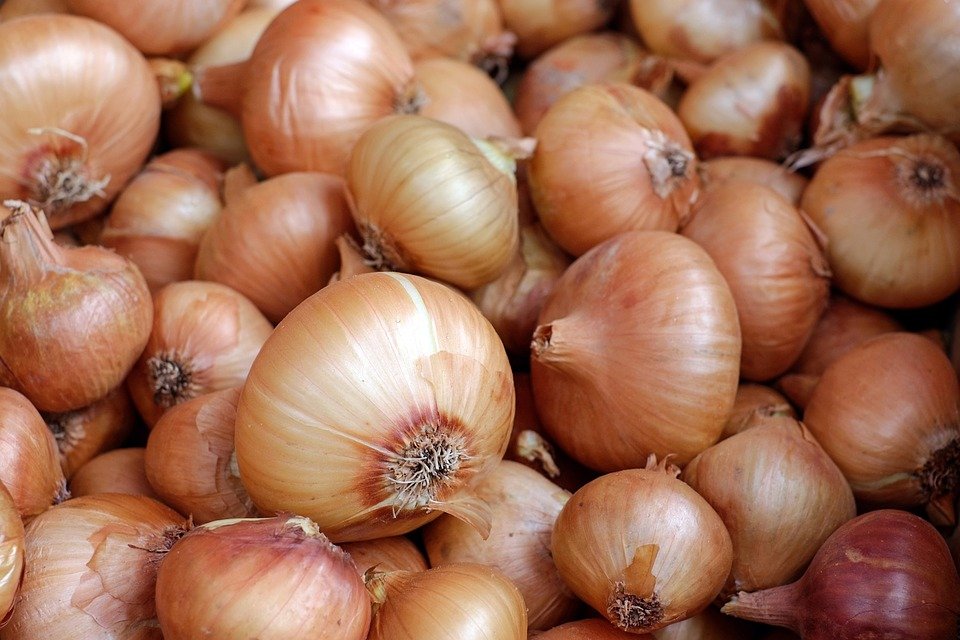
Carrot or Parsley Family - Umbelliferae/Apiaceae
This family consists of both herbs and veggies, and well known ones too. Celery, the lone stalk-vegetable at this party, along with carrots and parsnips as the root crops of the group. Then we have a variety of herbs such as parsley, caraway, chervil, cilantro/coriander, cumin, dill and fennel.
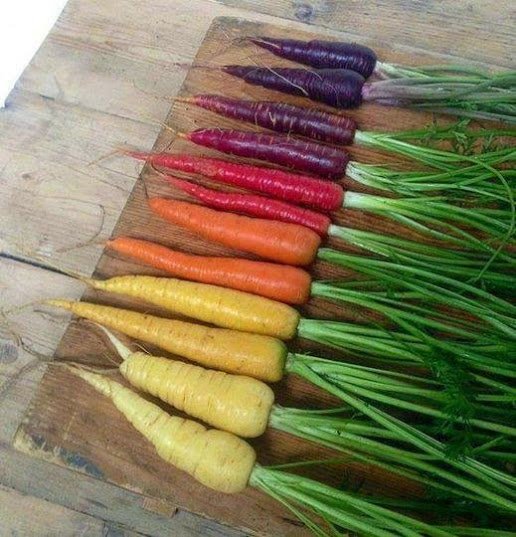
(Source)
Many of these plants can be direct seeded into the garden and need loose, fertile soil to grow. They also can be finicky with germination. Especially the root crops like carrots, they DO NOT like clay! I tried to grow them last year in mediocre and clay filled soil, not so good! I got stumpy little carrots. It is interesting that when you grow a carrot, if it bumps into something on its way down like a rock, it will grow around it! I have had some interestingly shaped carrots, and they come in all colors and sizes as well. From yellow to purple! Much more exciting then your average orange and straight grocery store carrot, that's for sure!
These crops can mostly also be grown in cool weather, and carrots can last a surprising amount of time in the ground and under hoop-houses, even when covered in snow!
The herbs in this group are pretty old, whereas the veggies are somewhat new, being specifically bred for the agriculturists a couple thousand years ago. Some of the herbs, such as parsley or cilantro, can have medicinal effects. Most notably, parsley banishes bad breath and cilantro is chok full of nutrients and anti-oxidants.
In my experience, people really love this family or they really don't. @offgridninja does not care for carrots or cilantro (though to be fair he loves dill) and neither does my mom. I, on the other hand, eat carrots raw as a snack all the time, and I have a habit of munching on herbs well in the garden as well. I really love cilantro too. What about you? Do you like these veggies, dislike them, or only like a couple?
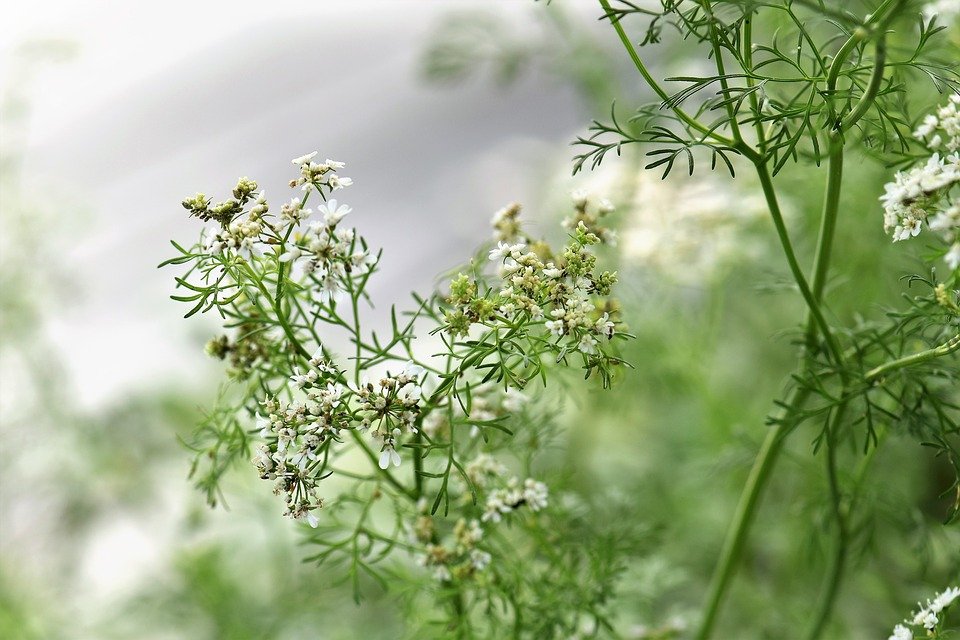
(coriander)
Okay, that wraps it up! We learnt about the Carrot family, Lily family and the Sunflower family today, such a diverse bunch of veggies, flowers and herbs to grow in your garden. Do you think you learnt something valuable today? I got some follow up questions for you as well, because reading comprehension!
Why is the sunflower family called Compositae? (hint; flowers)
What family do artichokes belong to?
What kind of soil do carrots prefer?
What is a flower related to the onion?
What kind of onion should you grow in the north?
What herbs are related to the carrot?
What popular vegetable belongs to the sunflower family (not artichokes)?
Thank you for tuning in fellow Steemians, I sure am getting excited about spring! Garden planning is a joy, and with the sun coming out more and more often, it is all I am thinking about recently. What about you? Are you starting to anticipate summer abundance? I hope so! And I sure hope you learnt something valuable in this post, thank you for studying with me!
Sources;
Damrosch, Barbara. The garden primer. Second ed., Workman Publ., 2008. Page 232 and 233 specifically were used
“The Vegetable Families: Who's Who in the Vegetable Garden.” VegetableGardenHub.com, VegetableGardenHub.com, 21 Mar. 2012, vegetablegardenhub.com/vegetable-families.“Vegetable Families.”
“Veggie Families.” Robbins Farm Garden - Veggie School, veggieschool.robbinsfarmgarden.org/index.php?page=families.
https://www.gardenguides.com/91589-plants-lily-family.html
http://homeguides.sfgate.com/plants-onion-family-41297.html
https://www.wildflowers-and-weeds.com/Plant_Families/Asteraceae.htm
https://www.britannica.com/plant/Asteraceae
http://ucanr.edu/sites/placernevadasmallfarms/files/170644.pdf
Images sourced on Pixabay unless otherwise stated!
